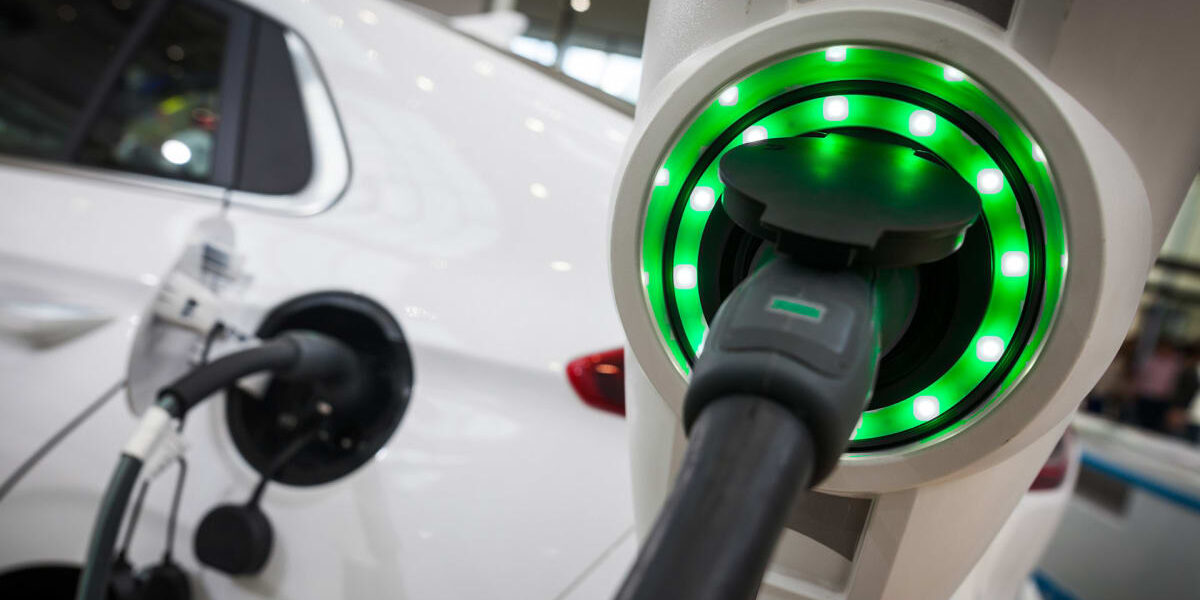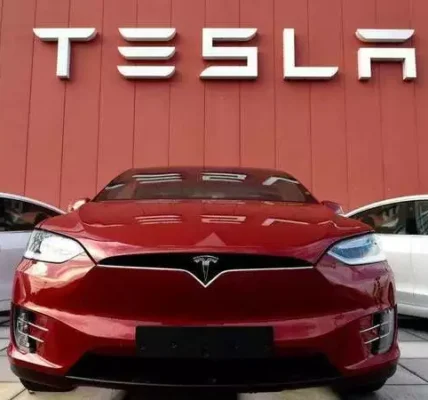Waukegan, Ill., is an industrial suburb located about 26 miles north of Chicago’s city limits.
Nicknamed “Wauk Town,” it is the birthplace of science fiction writer Ray Bradbury and has appeared in many films including “Groundhog Day,” “Contagion,” and “The Dark Knight.”
Roughly 89,300 people call Waukegan home and that same number appears in a recent American Lung Association study called “Driving to Clean Air” that addresses the health benefits of zero-emission cars and electricity.
If the U.S. moves to 100% zero-emission new passenger vehicles sales and clean, non-combustion electricity generation by 2050, the report said, the cumulative national public health benefits due to cleaner air could result in 89,300 fewer premature deaths.
It could also lead to $978 billion in public health benefits, 2.2 million fewer asthma attacks, and 10.7 million fewer lost workdays.
Implementing Stronger Standards
“To achieve these benefits,” the report said, “it is imperative that states and the federal government implement stronger standards and take advantage of new funding programs to accelerate the transition away from combustion and to zero-emission technologies for transportation and energy generation.”
Each year air pollution kills about 200,000 Americans–or roughly the population of Fayetteville, N.C.
Over 35% of all Americans — about 120 million people — live in areas impacted by unhealthy levels of ozone and/or particle pollution, the report said.
People of color make up the majority of those living in communities with unhealthy air.
The report also said that a person of color is 64% more likely than a white person to live in a community impacted by unhealthy air and 3.7 times more likely to live with the most polluted air in the United States.
The study said that implementing the Inflation Reduction Act, Infrastructure Investment and Jobs Act provisions and other public and private investments to speed up EV adoption and infrastructure, as well as adopting state and federal policies to accelerate the deployment of zero-emission vehicles, “will support cleaner air, reduced climate pollution and healthier communities across the nation.”
The Road to Clean Air
The IRA provided tax credits for electric vehicles, which the Infrastructure Investment and Jobs Act contains provisions related to federal-aid highway, transit, highway safety, motor carrier, rail programs and electric grid renewal.
“Transportation pollution is a leading source of both harmful air and climate pollution in the United States, meaning that the road to clean air must include zero-emission vehicles,” the report said.
Many states have taken action to adopt the more stringent combustion emission standards and/or the zero-emission vehicle standards established by California.
To date, states representing over 35% of the nation’s new vehicle market have adopted a zero-emission sales requirement for passenger vehicles.
“Major improvements in public health would result from the transition to zero-emission technologies in the passenger transportation and electricity generation sectors,” the report said. “This transition represents a critical public health intervention to reduce harmful pollutants and prevent health emergencies.”
The study said that strong state and federal actions to transition to 100% zero-emission passenger vehicle sales and non-combustion electricity sources by 2035 “are needed to bring the health benefits of zero-emission technologies home to communities across the United States.”








